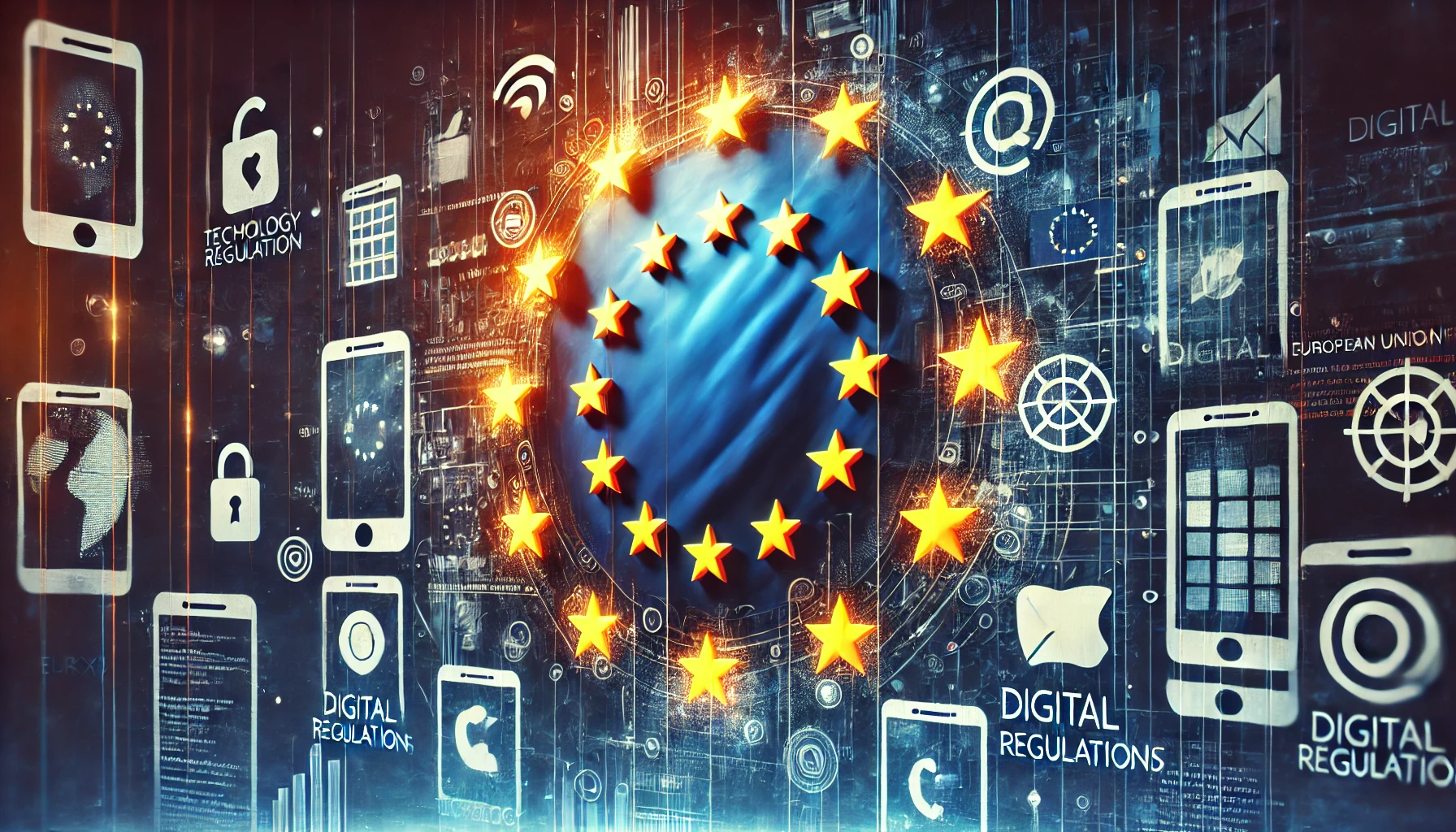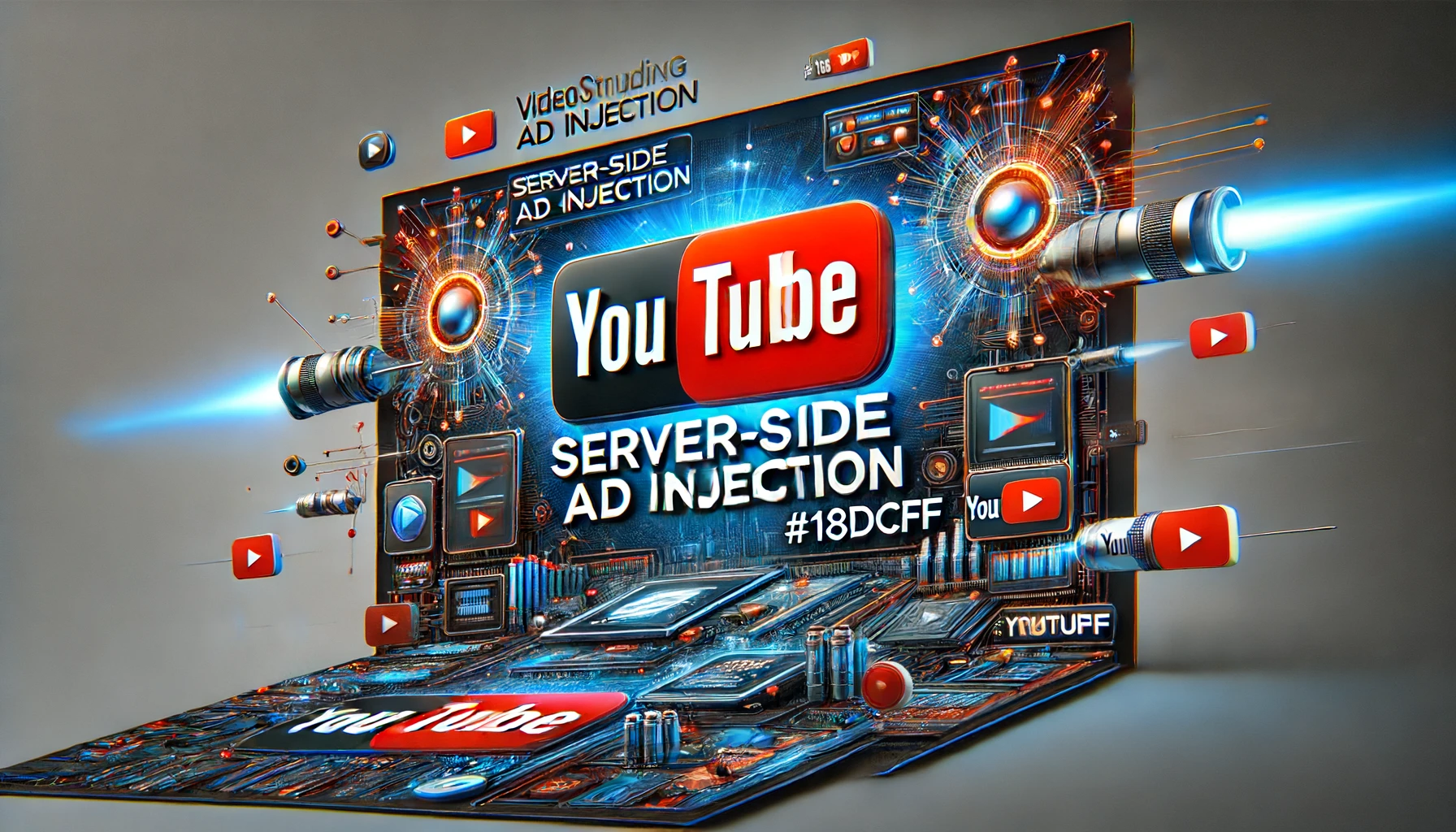This week, the landscape of social media continues to evolve, with Instagram at the forefront of a significant transformation driven by artificial intelligence. As the platform navigates its future, the balance between human creativity and AI-driven functionalities presents new challenges and opportunities. Let’s delve into the latest updates and what they mean for users and creators.
Navigating Instagram’s AI Transition
Instagram is grappling with the integration of its new Meta AI virtual assistant, which replaced the traditional search bar in April. This shift has sparked controversy, primarily due to its impact on the discoverability of creator content. Users have criticised the assistant for its inability to effectively locate creator content and its peculiar behaviour, such as pretending to have a child. Moreover, the AI tool has paradoxically recommended YouTube and TikTok for video content, suggesting that Instagram’s own platform is not the best source for such media.
Additionally, the once-easy task of searching by geotag and location for local restaurants and attractions has become cumbersome. Despite these setbacks, users can disable the AI feature, although Instagram will still use platform content to train its algorithms. This begs the question: are these changes driving creators away? A Creative Boom poll in April revealed that 75.8% of respondents believe “Instagram is dying for creatives in terms of reach and engagement.”
The Cost of AI-Driven Innovation
Meta‘s focus on an AI-driven future is clear, but it comes with potential risks. If the platform alienates the creators who helped build its success, it might face significant backlash. Furthermore, conflicting advice from Instagram on engaging CTAs and captions on Reels adds to the confusion. The platform’s recent updates and user feedback highlight the delicate balance required to innovate without compromising user experience.
Instagram’s Expanding Universe
In other news, Meta is testing new features to further integrate its social media ecosystem. The ability to cross-post from Instagram to WhatsApp is currently in beta, underscoring Instagram’s role as a central hub for Meta-owned apps. This move reflects the growing interconnectedness of social media platforms and the importance of seamless content sharing across different networks.
Instagram is also encouraging more experimentation with Reels. Creators can now share Reels exclusively with non-followers to gauge new audience engagement. If the content resonates, it can later be shared with followers or archived. Additionally, the platform is testing the option to share draft Reels with friends directly within the app, a useful feature for social media teams.
Enhancements for Broadcast Channels
Instagram has introduced several new perks for Broadcast Channels. These include the ability to go live only with channel members, create custom themes, and hide specific emojis from chat, preventing unwanted spam. Users can also export a QR code to direct others to their Broadcast Channel, enhancing engagement and accessibility.
X’s Controversial Updates
X (formerly Twitter) remains a focal point for brand safety discussions. The platform now explicitly permits the sharing of adult content, provided it is consensual and prominently labelled. Users posting such content must enable a setting that places all images and videos behind a warning. However, with the gutting of X’s trust and safety departments, concerns about how the platform will ensure the legality and consent of shared content remain.
In addition to these changes, X is testing new analytics tools for Premium subscribers. Although not as comprehensive as the free suite previously available, it’s a step towards offering more robust insights for users. X will also soon allow iOS users to sort replies by verified users, despite the ambiguity surrounding the verification process.
Threads and YouTube Updates
Threads is keeping pace with X by introducing new features, including encouraging the use of hashtags for better post reach. The app is also refining its algorithm, allowing users to swipe on posts they like or dislike, similar to Tinder. This feature aims to personalise content delivery more effectively.
YouTube is also making strides to become more social. All creators can now create posts to interact with their audiences, a feature previously limited to select users. The new “Ideas and Outlines” feature uses AI to suggest content topics and create outlines, potentially making content creation more uniform. Additionally, the “Breakout Videos” feature will showcase high-performing videos from similar creators, offering inspiration and new ideas.
LinkedIn’s B2B Advertising Advancements
Lastly, LinkedIn is expanding its B2B advertising capabilities. The platform is testing the promotion of short-form video ads alongside trusted publisher content. LinkedIn’s Accelerate programme is also getting a boost with AI-guided advertising insights and the ability to exclude specific companies from ad targeting.






